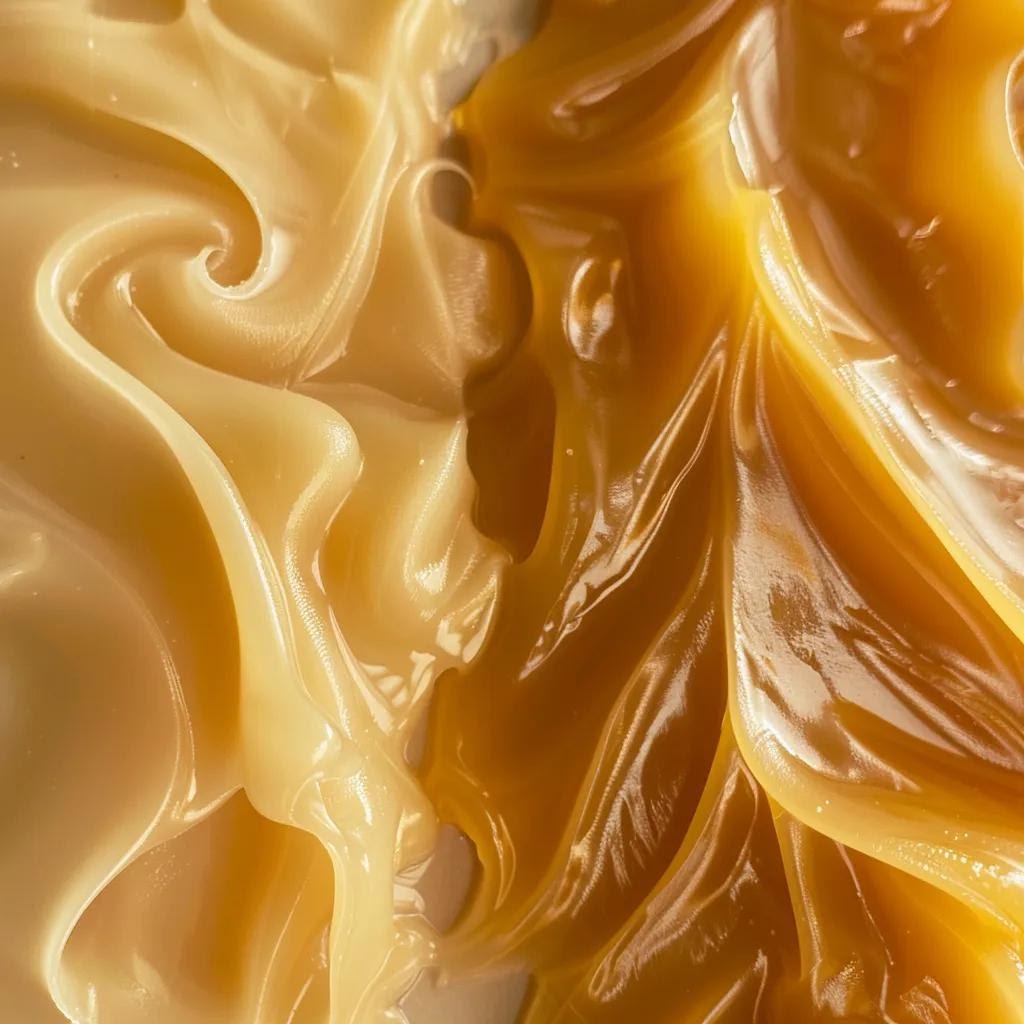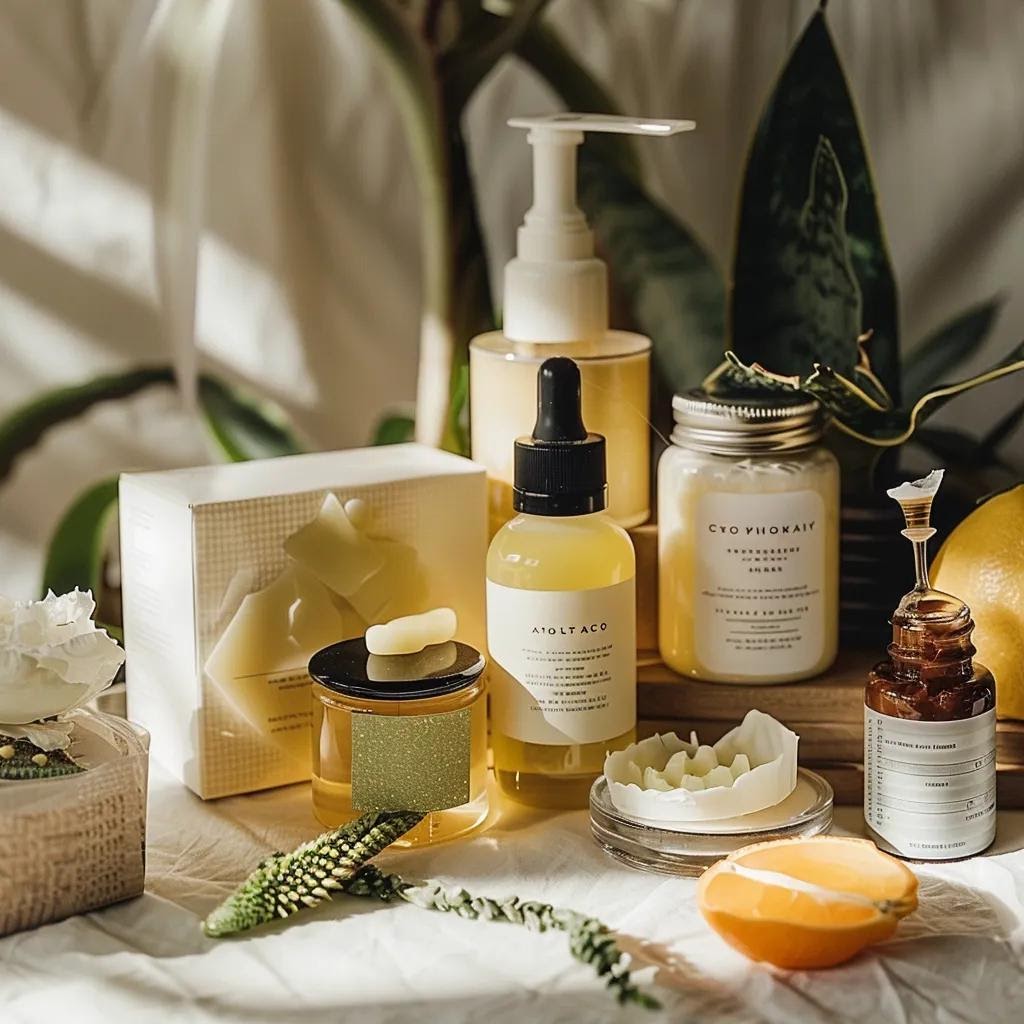Get amazing free resources.
Ut enim ad minim veniam, quis nostrude exercit minidon ullamco nostrud enim ad.

.jpg)
Mastering Brazilian wax application techniques is essential for achieving salon-quality smoothness with minimal irritation. This guide delivers precise steps, pain-reduction strategies, effective aftercare, style variations, and advanced professional insights to elevate your waxing experience. You will learn how to prepare skin and hair, select the ideal wax type, apply and remove wax correctly, and maintain results through targeted aftercare. By mastering these methods, you can ensure lasting comfort, reduce downtime, and confidently book our expert services here.
A professional Brazilian wax begins with systematic preparation, precise wax application, swift removal, and soothing aftercare to deliver smooth, long-lasting results. Each stage builds on the last to maintain skin integrity and ensure client comfort.
Effective preparation involves cleansing, exfoliation, and hydration to optimize hair removal. Cleansing with a gentle, pH-balanced wash clears oil and debris, while light exfoliation two days before the appointment removes dead skin cells to prevent ingrown hairs. Ensuring hair is at least ¼ inch long (about two weeks of regrowth) provides sufficient wax adhesion for efficient removal. Proper skin prep lays the foundation for lasting smoothness and minimizes post-wax irritation, setting the stage for precise bikini waxing application.
Proper skin preparation, including cleansing, exfoliation, and hydration, is crucial for optimizing hair removal and minimizing irritation. Exfoliation, ideally done a couple of days before waxing, helps to remove dead skin cells, which can prevent ingrown hairs and promote smoother results.
American Academy of Dermatology, Skin Care Guidelines

Selecting the optimal wax directly affects comfort and results. The table below contrasts hard wax and soft wax attributes to guide your choice based on skin sensitivity and hair texture.
Choosing hard wax for the bikini area and soft wax for surrounding zones maximizes comfort and efficiency, paving the way for correct directional technique.
The choice between hard and soft wax significantly impacts the comfort and effectiveness of a Brazilian wax. Hard wax adheres primarily to the hair, reducing skin trauma, while soft wax is better for larger areas and finer hair. The article highlights the importance of choosing the right wax type for the specific area and hair type to maximize comfort and efficiency.
Wax must be applied in the direction of hair growth to encapsulate follicles fully, then removed swiftly against the hair direction to extract hairs from the root. This alignment minimizes breakage and reduces tugging on the skin barrier. After removal, applying immediate pressure calms the nerve endings, reinforcing smooth, irritation-free results. Mastery of these directional mechanics supports cleaner pulls and finer regrowth over time.
Maintaining skin tautness ensures uniform wax thickness and contact, preventing patchy adhesion and missed hairs. Proper client positioning—lying flat with knees bent and legs slightly apart—exposes the bikini area fully and relaxes muscle tension. When the esthetician gently stretches the skin, wax removal becomes smoother, reducing discomfort and maximizing efficiency. This synergy of tension and ergonomics elevates application precision and overall client comfort.
Minimizing pain hinges on comprehensive pre-wax care, refined application tactics, and empathetic communication. Addressing sensitivity at each stage fosters trust and enhances the waxing experience.
Effective aftercare preserves skin health, prevents complications, and extends smoothness. Incorporate gentle cleansing, targeted hydration, and protective measures immediately following waxing.
Effective aftercare is essential for maintaining skin health and preventing complications after a Brazilian wax. This includes gentle cleansing, targeted hydration, and avoiding activities that could irritate the skin. The article recommends specific products and activities to promote healing and extend the smoothness of the results.
International Society of Dermatology, How to Wax
To minimize ingrown hairs and inflammation after hair removal:

The right products accelerate healing and soothe sensitivity. Key recommendations include:
For 24–48 hours post-wax, refrain from:
Brazilian wax styles vary in scope and require tailored approaches to deliver precise, comfortable results.
Full Brazilian removes all pubic hair from front to back, requiring systematic sectioning and multiple wax applications. The landing strip style leaves a narrow vertical line, focusing removal around edges and center. Triangle styles maintain a broader patch at the top, adjusting wax depth and strip placement accordingly. Each variation demands specific mapping of zones to align wax application with client preferences and hair distribution.
Clients with high sensitivity benefit from reduced wax strips and shorter removal bursts to limit skin stress. For those seeking aesthetic customization, estheticians can adjust strip size and direction to accommodate personal shapes and hair density. Offering style variations allows personalization while maintaining safety and comfort, ultimately enhancing client satisfaction and repeat bookings.
Elevating your craft involves refining speed, hygiene, and ongoing skill development, ensuring superior performance and client trust.
Efficient workflow depends on:
Strict sanitation protocols—from single-use applicators to sterilized surfaces—prevent cross-contamination and infection. Using high-quality waxes and barrier creams supports skin integrity while guarding against irritants. Adhering to safety standards underpins client trust and establishes your service as a clean, professional experience.
Ongoing education in advanced wax formulations, pain management innovations, and evolving safety guidelines sharpens the esthetician’s expertise. Regular workshops and peer reviews expose practitioners to emerging best practices and client communication strategies. This commitment to mastery reinforces authority, improves service quality, and drives repeat bookings in an increasingly competitive market.
Mastering these Brazilian wax application techniques ensures consistently smooth, comfortable results and positions your service as the premier choice for hair removal. Book your next appointment at kasiwax.com to experience expert waxing care and lasting smoothness.